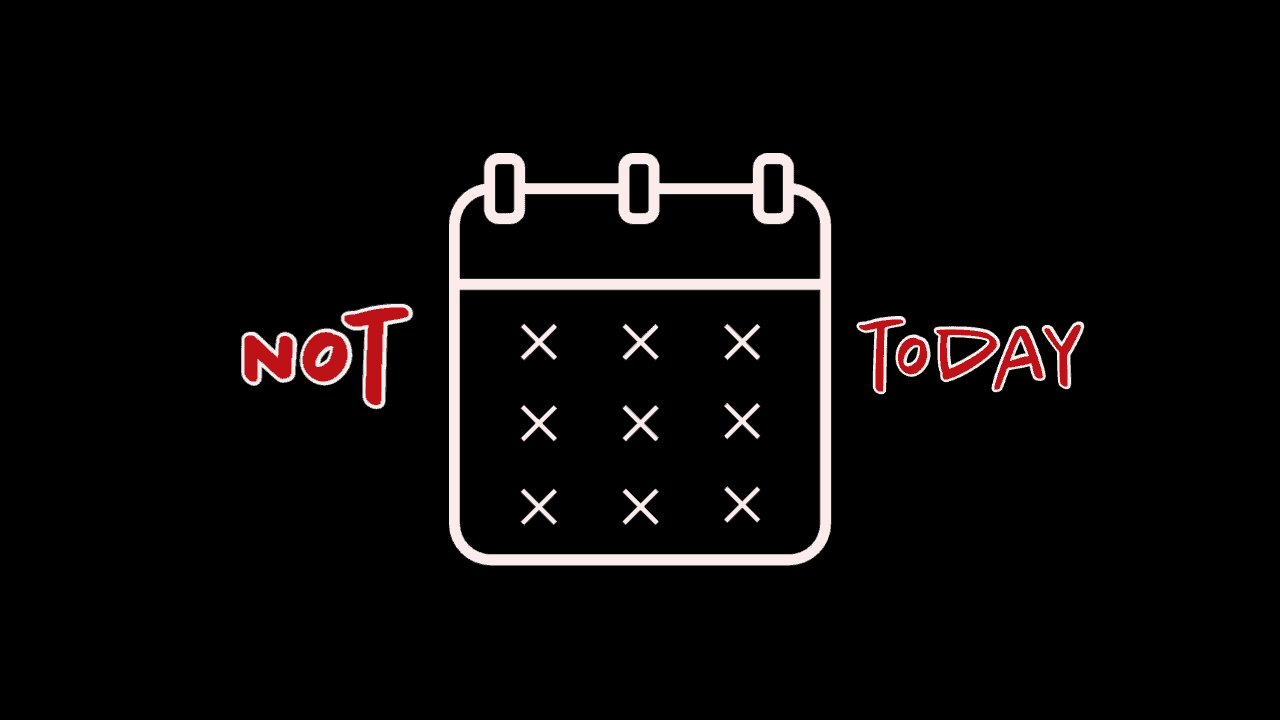What's the Role of C-Level in Business Agility? (Part 2)

If you aim to give your customers less excuses and more delight, then Action #2 might come in handy. Plus, this is the quick one.
Want to stay on the loop? Subscribe for free.
Action #2: Remove a Big Barrier, in 3 Months or Less
"I'm sorry, I can't connect you to Department D, you need to hang up, call again, and dial option 6, then..."
That's ⤴ a barrier to Business Agility. A common one. A persisting one. A frustrating one. To remove it requires a technological change. Hence, it may take you a while.
This—in contrast—is something you could change faster ⤵
"My real work starts when meetings end... around 7 pm"
Meetings...
Meetings help you move forward until they don't. And when they don't you can do something about it.
After all, a meeting is a practice—not a prerequisite—to get things done.
Customers couldn't care less about how many meetings you undertake per day, they just want to be served and give you money in exchange.
Hence, if meetings are hindering your company, consider this fix that has help organizations reduce their stress—and improve their productivity and communication:
A No-Meeting Day
This high value, high leverage action consist in establishing at least one day a week with no meetings so everyone can focus on the most important things.
The best results can be achieved with 3 No-Meeting days per week. However, my recommendation is to start with just one day per week because it will be easier—and faster—to implement and check results for future decisions.
👣 Practical Steps:
2) Define an emergency protocol: establish how to get in touch with each other in case of an urgency (i.e. share cellphones numbers, keep mobiles on, and give a quick call to summon a meeting—only if required)
3) Define what's an urgency that can break the no-meeting-day-rule & what's not: stick to your definitions if you want to avoid having inconclusive results at the end of the experiment
4) State your benefit hypotesis:
"We think if we have a weekly No-Meeting-Day for a period of 4 weeks, then...
...We'll reduce our stress level by 20% (or more), increase our productivity by 30% (or more), and increase our communication by 40% (or more).
We are going to measure the results by completing this Simple-Weekly-Checklist. (🧰 Download this tool. Available soon. Please Check back for updates)
If our assumption is proven true, we'are going to extend this new practice in the organization. If not, we will go back to our previous way."
5) Define which day of the week will be the No-Meeting-Day (This is a case-by-case situation, but Wednesdays or Thurdays migh be good options for you to try)
6) Schedule the No-Meeting-Days in your calendar: if they aren't in the calendar they don't exist!
7) Have your No-Meeting-Day each week: important-deeper work postoned no more!
8) Record results in your Simple-Weekly-Checklist at the end of every No-Meeting-Day (🧰 Download this tool. Available soon. Please Check back for updates)
9) Evaluate the results with your team at the end of the 4 week period:
Did we experience...
Lower levels of stress (at least -20%)?
Higher levels of productivity (at least +30%)?
Higher levels of communication (at least +40%)?
10) Decide: was the experiment a succes? If your answer is yes, congratulations! You have in your hands a red tape removal—thus, by scaling this practice beyond your closest team, you might be increasing the odds of becoming a more nimble & effective organization
So far, we have explored 2 out of 3 actions that C-levels might do—to play their part in making an organization able to deliver value, as fast as change itself (Business Agility):
- The obvious one: fund a program, not a project. (Refresh my memory)
- The quick one: remove a big barrier, in 3 months or less
- The intrepid one: ????? Stay tuned. Part 3 will be here soon.
Quick Recap:
Thanks for reading AGLdrive!
Enjoy this post?
📀 Bonus Track
Want to Remove Some Other Low-Hanging Barriers?
Besides meetings...
What other practices—both formal and informal—might be slowing your company down and can be quickly removed?
Ask people:
- What internal rule—or process or policy—is making you achieving your highest contribution a harder thing than it should?
- Why?
- If you were the CEO, what might you do to make this a barrier no more?
Fill in the blank:
- I delight customers despite of __________ (rule/process/policy)
- I create value despite of __________ (rule/process/policy)
- I innovate despite of __________ (rule/process/policy)




